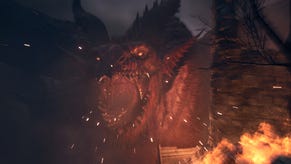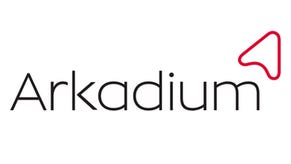Microsoft drops internal Natal chip
Bone system processing moves to software solution to allow regular updates and cost savings
GamesIndustry.biz has learned that Microsoft has dropped a chip from its forthcoming Natal motion control system as the platform holder eyes accessible price points in the build-up to release later this year.
The chip, which was responsible for processing information for the Natal's 'bone system,' has been removed in favour of a software solution.
However, development sources have indicated to GamesIndustry.biz that the change doesn't have an effect on the existing system lag of about 100ms, while a software solution should enable Microsoft to update the system more quickly and regularly than a hardware solution, meanwhile hitting a previously-speculated price point of sub-USD 50/GBP 50 - although this price rumour has already been scotched by Microsoft's Neil Thompson.
The load previously handled by the chip now falls on one of the main three Xenon processors, but while taking a "percentage" of performance away from the system, most games don't use up 100 per cent of the available processing power anyway.
"The full Natal hardware/sensor combo always looked like an expensive proposition in a market where Microsoft really needs to turn a profit," said Digital Foundry editor Richard Leadbetter. "The notion of offloading the processing to the 360 CPU in the name of lower costs and easier upgradability makes sense.
"Patching up older games to run with the new hardware now looks rather unlikely unless they have the CPU time to spare, but hopefully this will serve to focus developers on Natal-specific concepts as opposed to revisiting old classics."
In the support material for the recent CES keynote by Microsoft, the company hinted that there was no longer an on-chip solution: "A proprietary software layer makes the magic of 'Project Natal' possible. This layer differentiates 'Project Natal' from any other technology on the market through its ability to enable human body recognition and extract other visual noise."
The removal of the chip almost guarantees that non-Natal games won't be patched to include motion control support, a point previously outlined by Microsoft Game Studios' Kudo Tsunoda.
It has also emerged that Microsoft will support developers writing their own code to run the bone system processing in the future.
Motion control is likely to be the key battleground for Xbox and PlayStation platform holders in 2010, with both Natal and the Sony's new motion control system set for release.








.jpg?width=291&height=164&fit=crop&quality=80&format=jpg&auto=webp)